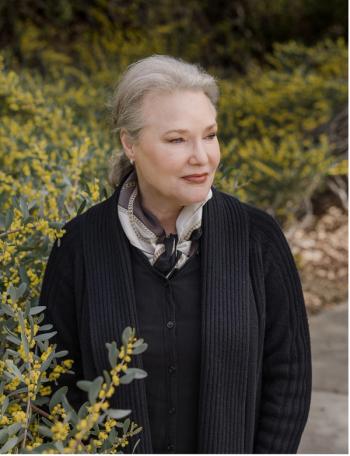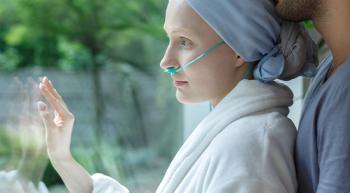
“In the poker game of life, if you’re dealt a bad set of cards, the best you can do is play them as well as you can,” a cancer survivor said.

“In the poker game of life, if you’re dealt a bad set of cards, the best you can do is play them as well as you can,” a cancer survivor said.

Positive results have emerged from a trial testing PIPAC, a procedure used for appendiceal, ovarian, gastric and colon cancers that works by spraying chemotherapy directly onto tumors.

Tobacco smoke, pesticides, herbicides and chemicals in the air are among the substances that are known to increase the risk of getting some kinds of cancer.

A 17-year survivor shares her experience of getting diagnosed with mesothelioma at 36, when people with this cancer are typically diagnosed at a much older age and given months to live.

Patients taking checkpoint inhibitors or immunotherapy in combination with other treatments need to be aware of this potential side effect and the associated symptoms.

Local access to national cancer studies allows patients to receive promising new treatments in the most convenient setting possible: Their own community.

After treatment for bladder or prostate cancer, many survivors confront permanent sexual side effects. The good news is that treatments and psychological support are available.

Cancer therapies can take a toll on the skeleton, but the right moves can minimize the loss.

Active surveillance has become the treatment of choice for low-risk prostate cancer, but new tools are needed to make it more precise.

Collecting data about cancer through registries can help experts detect trends and patterns, leading to better care for patients.

A pre-surgical shape-up could improve recovery for patients with lung cancer. Although the findings are still emerging, some researchers think that prehab may be a key player that will improve patient outcomes in this changing environment.

Lasting side effects of lung cancer can challenge quality of life, but patients are finding ways to cope to have an improved quality of life.

For those affected by cancer, dedicated camps and retreats provide opportunities to not only forge friendships but also reinforce inner strength.

Knowledge, physical activity and lifestyle changes can make a difference.

When treated for cancer, young patients don’t always get the information they need from doctors.

Socioeconomic status, race and other disparities among patients can affect cancer treatments and outcomes. Researchers are working to change that.

The nation’s cancer care system is becoming more aware of, and sensitive to, the needs of the LGBTQ community.

‘Snowbirds’ with cancer can still take flight, but planning ahead is crucial.

By staying in touch, nurses and pharmacists can help patients successfully adhere to oral anticancer treatments that they take at home.

Excitement is growing over new strategies for treating or avoiding peripheral neuropathy in patients with cancer.

With growing evidence that they can help patients and their families heal, art installations and exhibits are becoming more prevalent in cancer centers.

Do men and women use different strategies to choose cancer treatments? A study gets people talking about how patients make medical decisions, and what can be done to guide them.

Melanoma has been a primary focus in immunotherapy research because of intriguing evidence that some people's immune systems are better able to keep the cancer in check.

Recent FDA approvals have added to the growing number of treatment options for patients with advanced melanoma.

Taking flu shots and other preventive vaccines before cancer treatment is a good idea, but patients should know when to pursue the injections and when to hold off.

Published: December 30th 2022 | Updated:

Published: November 17th 2022 | Updated:

Published: June 18th 2021 | Updated:

Published: August 7th 2015 | Updated:

Published: February 17th 2021 | Updated:

Published: November 17th 2016 | Updated: